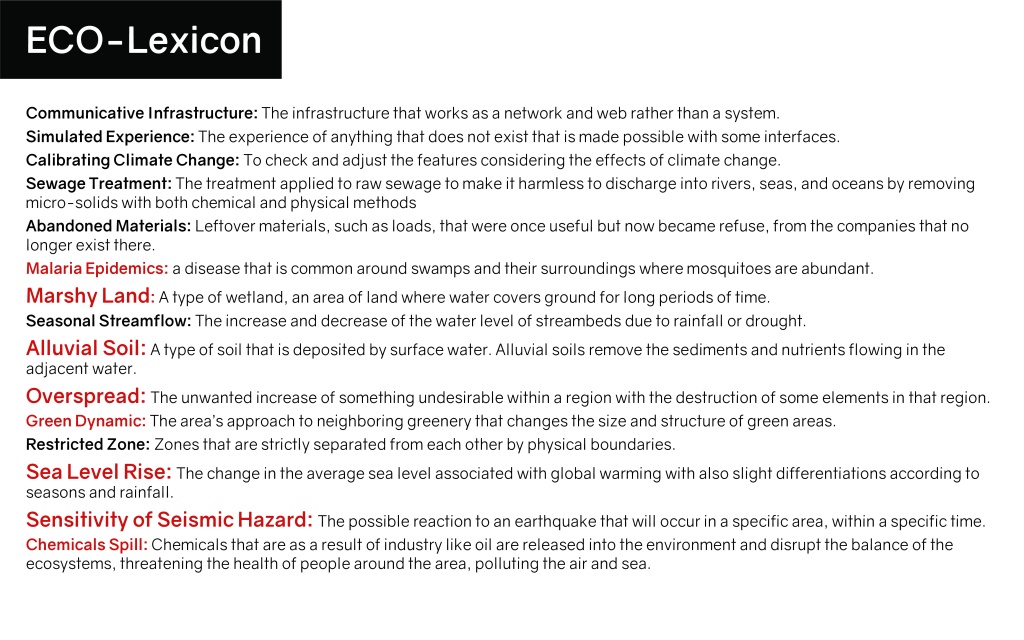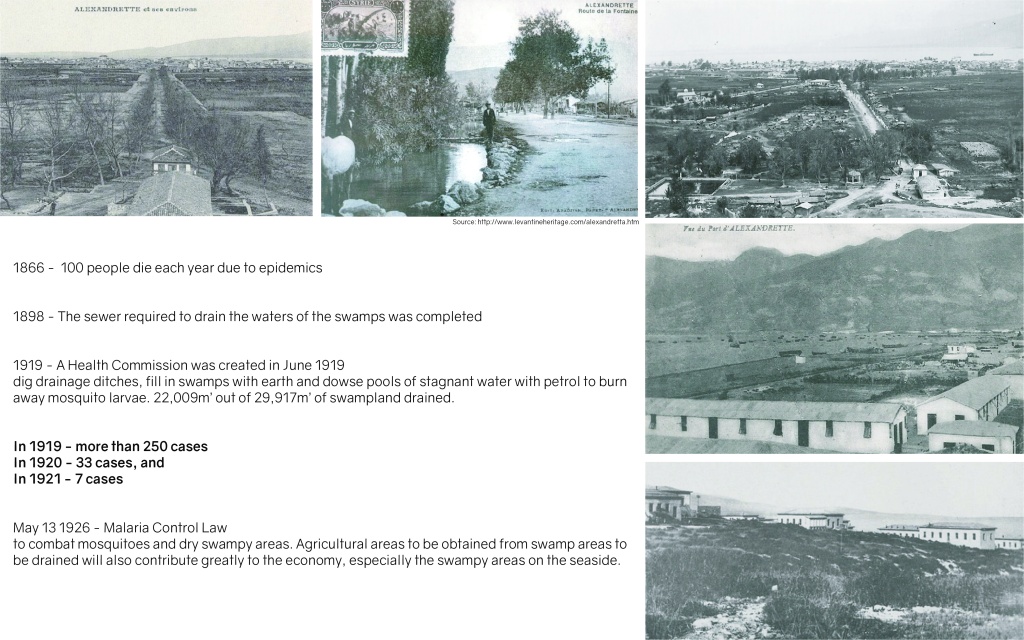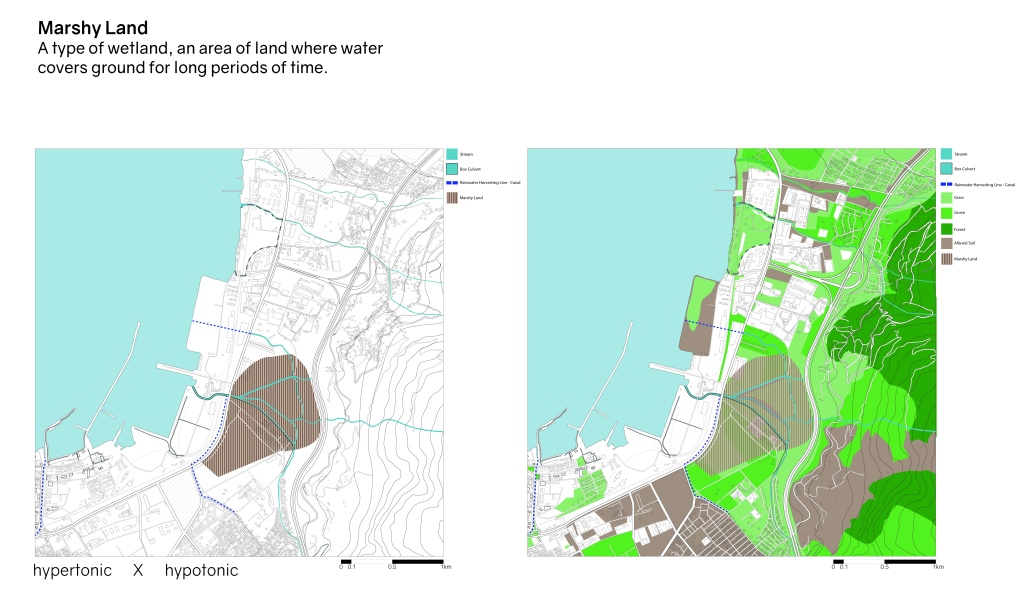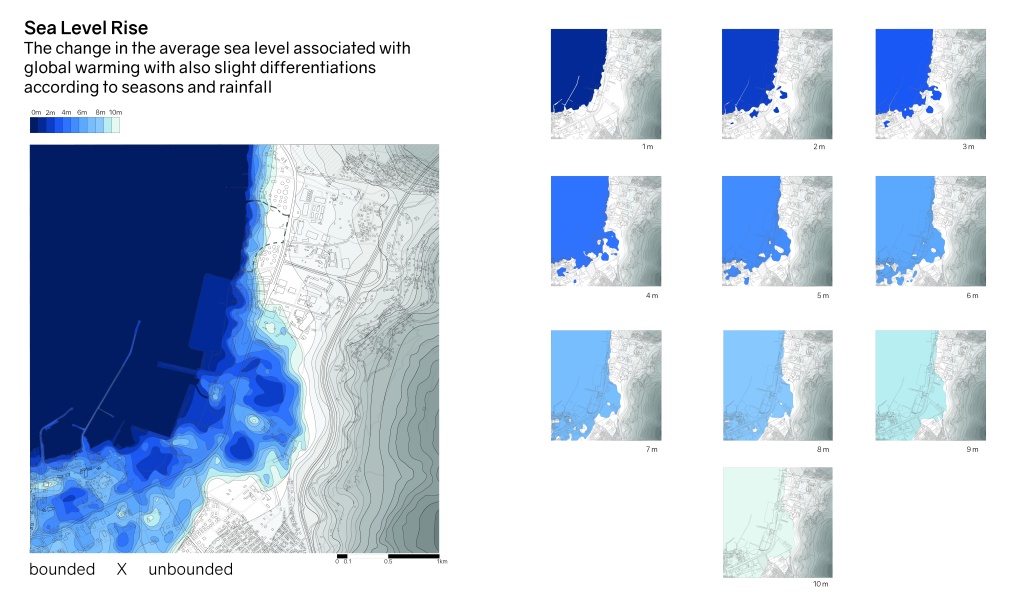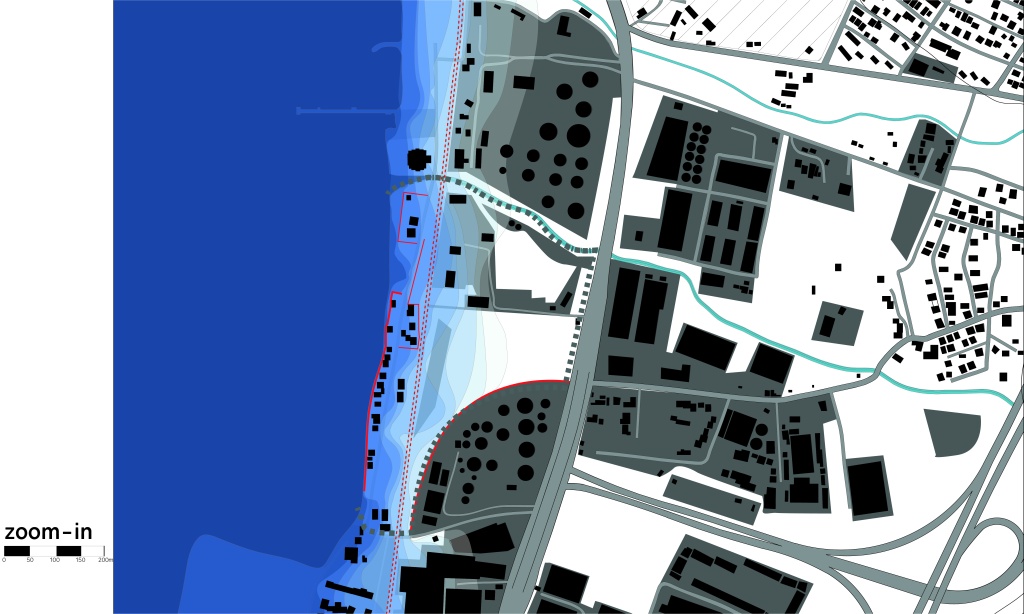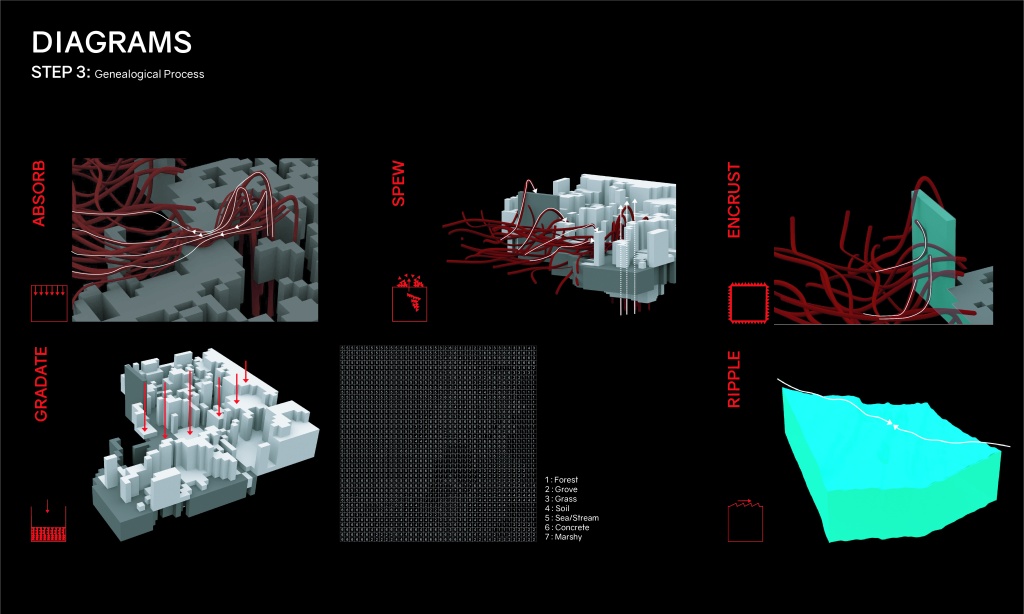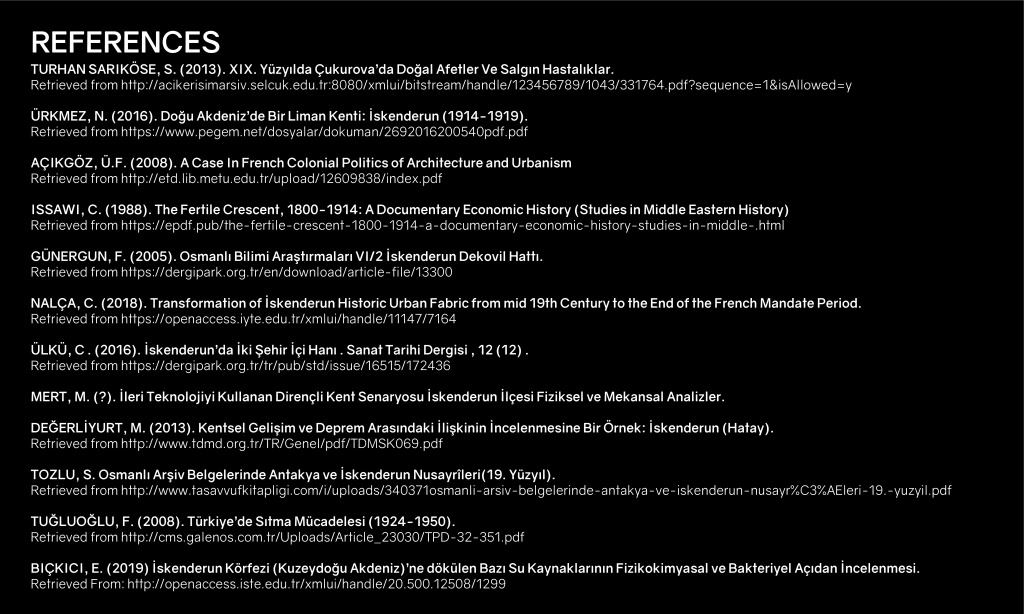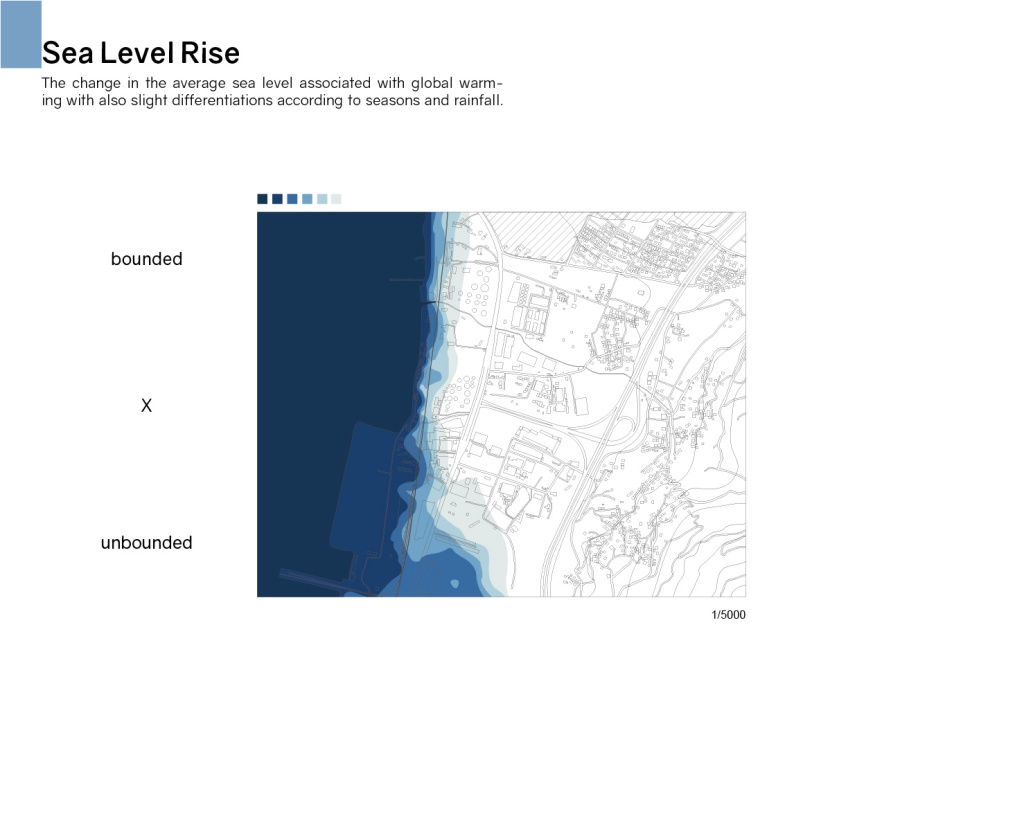Nonviolent Communication
In our CIT301 class, we had Altuğ Çoşkun as a guest lecturer and he made a presentation about Nonviolent Communication. It is a method developed by Marshall Rosenberg in the early 1960s and it is about how we communicate with others and how we express ourselves.
The one thing we should keep in mind is that, whenever we’re angry at something our first instinct is to choose violence because it is what we see from others around us. it is what thought to us. We learn to be violent while communicating because we copy them from others we see. It is not because it is a natural thing and it should not be the way we communicate.

So in our communication, when there is a problem we face, whether an argument or a misunderstanding, we should focus on finding the common ground instead of proving that we’re the right one and they are the wrong one. We should focus more on solving the problem, to find a third way we can both resolve this argument in.
A great example of this is the memory Marshall Rosenberg tells in the Brief Introduction to Nonviolent Communication. He was in a Palestinian refugee camp and when people first saw him they called him the words they related with america, since he was american. But instead of getting angry at these words or trying to defend himself, Rosenberg wanted to listen the reason behind that they were telling him these words. He wanted to know their needs because he knew that the reason they were voicing these unpleasant words was because they weren’t happy with the condition they were provided. People just needed to be heard. He is there to listen to them and understand their feelings and needs. While facing a situation we should be observing with camera objectivity. We shouldn’t jump to conclusions.
Compliments without observation take the power from the person. So it is considered a way of manipulation. Positive feedback first gives the observation then the effect it has on the person.. then this is heard by the other person. “You are perfect” is not heard by people without giving a reason.
When we communicate with others first we ask “how are you?” but we hardly ever give the right answer to that question. We just reply “i’m fine” automatically without checking our body and knowing how we’re feeling at all. We understand our emotions by checking and when we want to be clear with the other people we’re communicating we should be more clear. And sometimes people answer that question by expressing their opinions, not emotions. We should communicate our needs in a non-abstract way.
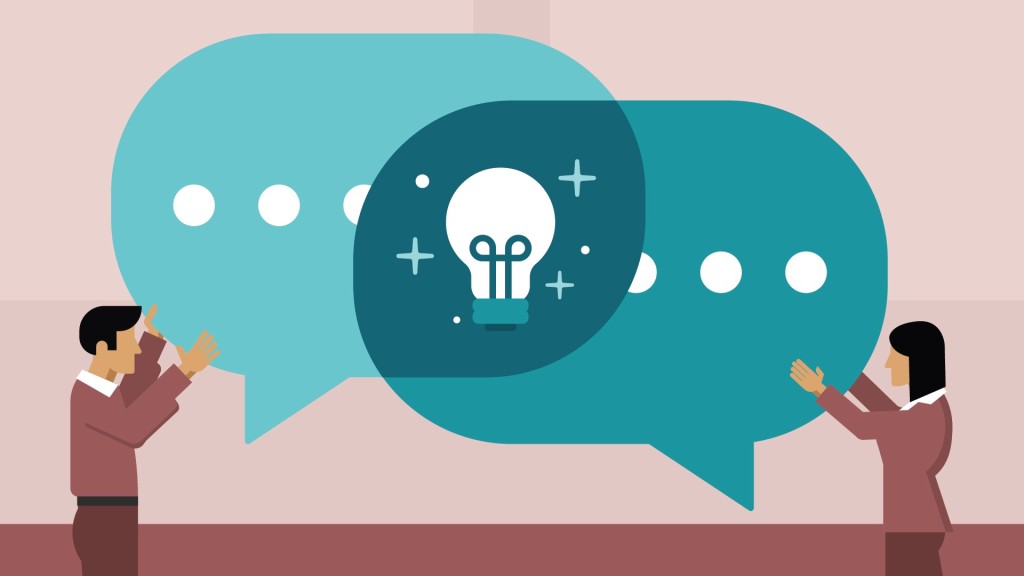
We should also take responsibility for our emotions. Nobody is the cause of our emotions but ourselves. That person didn’t make us angry, that person acted this way and we feel angry bc our support need is not met. What they did/what we expect-dream of didn’t fit each other. In this case, we should act in a way to find a common ground. Our intention should be to make peace in this situation by finding some way that suits both of us. What’s important is always our intention, if we can change how we view the situation we can avoid getting hurt or getting angry and we can also avoid ruining relationships with arguments.
We should ask ourselves “what are my needs” we should meet with our needs then meet our needs. We make things difficult in life for us and the people around us by not communicating the right way. We can get through this barrier that we put out for ourselves and start treating ourselves and others around us the kinder way, then we can create a positive environment.
Corporate Social Responsibility
Social responsibility means that individuals and companies have a duty to act in the best interests of their environment and society as a whole.
Companies are also socially accountable. The companies have impact on all aspects of society, including economic, social, and environmental since their costumers, stakeholder and the general public sees their practices and their actions and forms an opinion towards what type of company they are. The more visible and successful a corporation is, the more responsibility they have, to set standards of ethical behavior for its peers, competition and industry.
Businesses can benefit society while boosting their brands by applying these CSR practices, which as the benefits the triple bottom line: “People, planet and profit” A combination of, people’s working practices and how their labor is used, trying to achieve and fit into the sustainable environmental practices and economic value the company has. The key issues of CSR are; Labour rights (child labor) , Environmental conditions (climate change) , Human rights, and Poverty Alleviation (job creation & public revenues).
Some companies are trying the make the world a better place by creating awareness with the ads they put out for their brands. Some are donating to important causes, such as the leading problems of the world, to show their consumers that they care. And some are trying to promote themselves by acting like they care about the well being of their consumers as well as the state of the world we live in and they act like they are helping these causes when in reality they aren’t doing any good by actually taking action to create difference around that topic. Which is called “woke-washing”.

For example, some companies act like they care about BLM movement or lgbt rights and they give the impression of them supporting the people of the community. But the only action they take is putting rainbows on their brand logo on the pride month and they do not acknowledge the minority group at any other time of the year which doesn’t give any help to the people that are struggling with a lot more. Rainbows are not a show of activism. There are people dying because of their gender/ sexual orientation and some companies approach this minority group as a fun and quirky group of people. It might’ve benefited the brand when it wasn’t even possible to show any type of support (even by rainbows) but in today’s world, people are getting more aware that changing your logo or posting a tweet is doing nothing for them and instead they are being used to null the group in into buying their products.

As the rainbow symbol is now +18 in turkey, for some reason, my point stands for american brands and their approaches to particular minority groups. The same thing happens when it is an international awareness day, companies post a tweet saying they “support education for all kids, support women’s rights, support Black lives, support the unity against cancer..” but they don’t donate to charities about these topics or take any remarkable action for change.
There are companies that actually support the cause they say they care about and try to get the benefit by promoting the awareness. Again, their motives can be questionable but at least they are putting out effort into resolving the problems and helping the people affected by the effects of the problem.
Environmental Activism
Environmental activism refers to the coming together of various groups of individuals and organizations that work in collaboration in social, scientific, political, and conservational fields with the main purpose of addressing environmental concerns.
We are facing a lot of environmental problems now more than ever, and the problems will increase as time goes and we don’t take a stand against it and demand change.

Environmental activism has caused an increase in environmental awareness around the world. We are living the effects of the the climate change and otherr environmental problems but we adapt to the conditions of our everyday lives so it gets hard for us to notice the effects of the problems and it will further effect our lives in the future.
Greta has been campaining for 2 years now and she has created a lot of awareness around the environmental and ecological problems of our world. She is fighting for our future and she is demanding that the world leaders take action towards to stop the downfall of the earth since they are the ones that put us in the situation and if they don’t change their policies they will continue to cause more harm.

Greta has said that “you’re failing us, but the young people are starting to understand your betrayal” and “I want you to act like your hause is on fire, because it is” which influenses a lot of us, makes us want to take action. She makes us see that we are very much involved n this topic, it is our world and if we do not do anything, if we don’t try to get our voices heard then the ones responcible for the state we are in won’t take any action towards to change anything. She has gathered a lot of awareness around this topic and she is the reason a lot of young people are recognising our power and the impact their voices can have.
We should get more educated around this topic and we should take a stance to change our environment and ecology for better. After we educate ourselves we should work for raising environmental/ecological consciousness around us.
Volunteering
“We could build a society without stereotypes, without fear, and without any barriers !”
Volunteering is the action of helping others without expecting any benefits in return. Volunteers create a huge impact on the community and they hold the community together by the opportunities they provide to others.
Volunteers in our society work to make the world we live in a better place that provides more opportunities for the people in need. To make our living standards more bearable for the ones who are struggling. They provide valuable community services by saving resources, their actions strengthen our community – improve schools, support youth, eldercare, beautification projects. And volunteers gain professional experience, personal growth & self-esteem and helps them discover hidden talents, gain knowledge of local resources in the process.

It should be encouraged in schools by family and by teachers for the young people to volunteer so that the people can learn from when they are young that it is a part of our life and it helps us improve as well as helping others around us. In the TED Talk, Kamilla Sultanova mentions that 3/4 of Finnish students say that they would love to volunteer if it was going to count as a study point or the school required them to take volunteery action.
Kamilla Sultanova was born in Uzbekistan and she realized that she was facing a lot of obstacles in the place she was living considering her gender she realized that she didn’t get to have the same opportunities as her brothers and other men in her country. When she had a chance to go abroad she took it and she changed her life by creating opportunities for herself. She gained her voice and became the person she is today by growing into the person she aspired to be, not having to listen to what others see fit for her. Now she is working for other women to get their voices, for immigrant women to be involved in politics and for creating awareness and volunteering for people, not for her sake but to become the much needed help for them without the worry of not getting paid for the labor she puts into what she’s passionate about.
“When you volunteer everybody wins!” Kamilla Sultanova
Social Change
Everybody wants to change the world we live in. We want better living and equal life standards for everybody. We see what the problems are around us, we see every day how the system is not providing the same qualities for everyone. And it should make everyone take action to change the inequalities and the problems of the world. But we think that we are not enough to help, or even when we decide we want to help we do not know how to take action, where to start.
In Hugh Evens’s TED talk, he talks about the people that take action towards creating change in the world, the global citizens. The problems that we face are global problems and even when we try to create local solutions for a cause there can be only temporary changes unless the action is taken by the glocal citizens to become the voice of the disadvantaged people and take attention to the problem and demand comprehensive change.
In his words, a global citizen is someone who self-identifies first and foremost not as a member of a state, a tribe or a nation, but as a member of the human race, and someone who is prepared to act on that belief, to tackle our world’s greatest challenges. For a difference to be seen in our world, first we need to spread awareness about the topic, create engagement and then take action.
In his TED Talk, Evens mentions the organization they arranged in order to wipe out poverty in australia, and he says that it didn’t create a comprehensive solution since the project couldn’t keep its momentum. They came up with the idea that they needed global citizens. In his organization, he taught that to create a great solution, the action by a lot of people should be taken. In their project, they organized a concert event that required people to be involved in social change projects in order to attend the concert, instead of buying the tickets. They didn’t sell tickets and at the end of the event, 150.000 new global citizens were achieved.

His TED talk really impressed and inspired me. It showed me the start can be the smallest thing (as an example how Davinia started out by asking her friends on facebook to donate their pennies and growing from there), as long as you don’t lose your motivation and keep trying to change the problems and demand solutions. We are in the age of social media and we have the tools that no other generation had this much access to before, we should use these platforms to make our voices heard about the important problems we face and demand change by creating awareness and taking action.
Here is the related TED Talk by Hugh Evens i recommend you to check it out. https://www.youtube.com/watch?v=ODLg_00f9BE
Prejury 1 : Mapping the Context | Superimpose | 3D Mapping
For our first prejury we further developed our lexicon and made superimpose maps with the maps that we created for the previous step: mapping the context. We were assigned to create a 3d model of the superimpose maps we created. In this step, we designed 3d maps both digitally and physically and our way of creating these 3d models were by using operations such as; absorb, spew, encrust, ripple and gradate. In the jury we were advised to focus more on the ripple operation since it didnt give the representation to the earthquake as we imagined, so we should’ve worked on it as a more planer element rather than a mass. You can find our prejury presentation below:
İskenderun | Mapping
Here is the maps we created with the research we did in the area and the data we have found on our analysis.
Site Analysis : İskenderun
Here is our mapping the context proposal:




We did research for our site and we analysed the risks and threads of our site. Here is the new words we added to our lexicon according to our research that we will focus on for our risks on the site.
Hazardous Waste: Wastes that may contain toxic, explosive, flammable liquids/solids, poisonous, eco-toxic, and infectious substances generated by industries, hospitals, and houses.
Sewage Treatment: The treatment of raw sewage to make it harmless for discharge into rivers, seas, and oceans. It involves different approaches like removing solid matters from the waste-water, involving a range of aerobic bacterias in the process, and removing all the biochemical oxygen demand by chemical and physical methods.
Non-biodegradable Materials: The materials that cannot break down easily and they are oftenly synthetic products and microplastic materials.
Petroleum Potential: Areas that are close to oil resources and where oil is thought to be possible found.
Endangered Species: A type of animal or plant could stop its existence because only a few of these species survive and reduce biodiversity.
Abandoned Materials: Leftover materials, such as loads, that were once useful but now became refuse, from the companies that no longer exist there.
Hyporheic Zone: Region of sediment and porous space beneath and alongside a stream bed, where there is mixing of shallow groundwater and surface water.
Chemicals Spill: Chemicals that are as a result of industry like oil are released into the environment and disrupt the balance of the ecosystems, threatening the health of people around the area, polluting the air and sea.
Population Dynamics: The population’s change in size and structure over time, affected by rates of reproduction, death and migration. the different human types that live in a certain area.
Restricted Zone: Zones that are strictly separated from each other by physical boundaries.
Green Dynamic: The area’s approach to neighboring greenery that changes the size and structure of green areas.
Seasonal Streamflow: The increase and decrease of the water level of streambeds due to rainfall or drought.
Heat Balance: The heat of the areas that is affected by the effects of the surrounding zones.
Sea Level Rise: The change in the average sea level associated with global warming with also slight differentiations according to seasons and rainfall.
Carbon Dioxide Emission: The carbon dioxide amount released into the atmosphere affected by fossil fuel consumption, uncontrolled population growth, reduction of green areas and unconscious industrialization.
Site check | Iskenderun
Hi! This semester we’re working on the Gulf of Hatay, site number 3 : İskenderun. We devided the site research into Waterfront, Historical & Urban Context, Natural & Ecological Context, Industry and Site Plan & Section and we’re the site plan & section group of İskenderun! as a group of 4 we created the site plan according to the google earth and yandex map resources. Here is the site plan for our site we will be working on:




